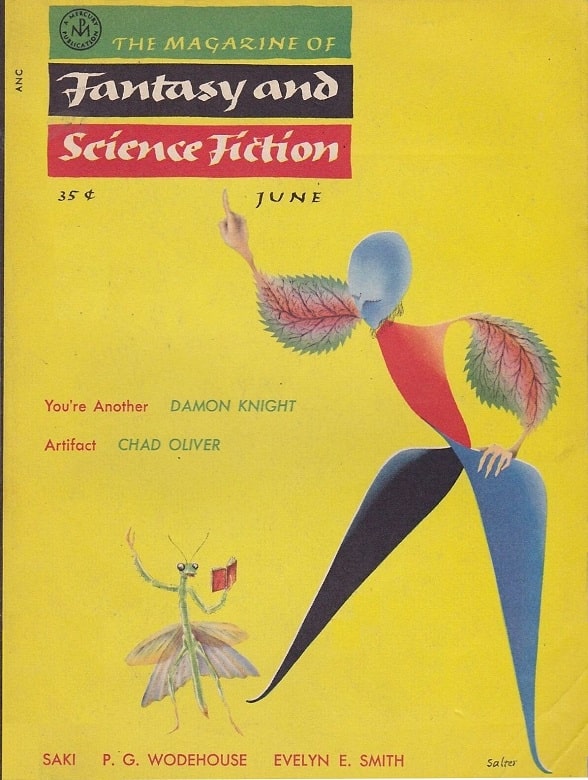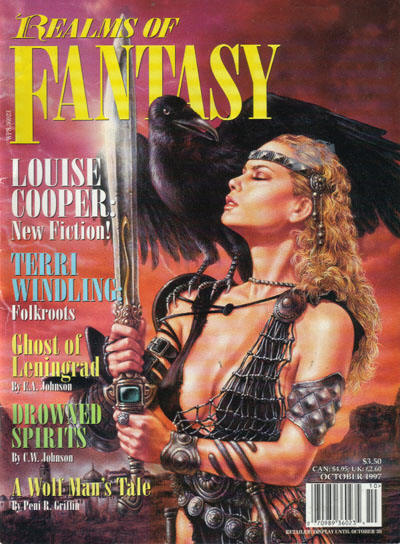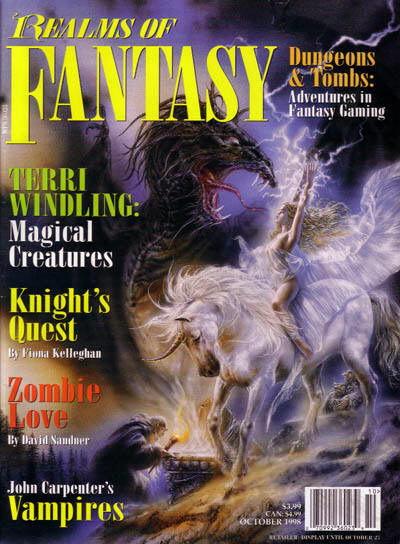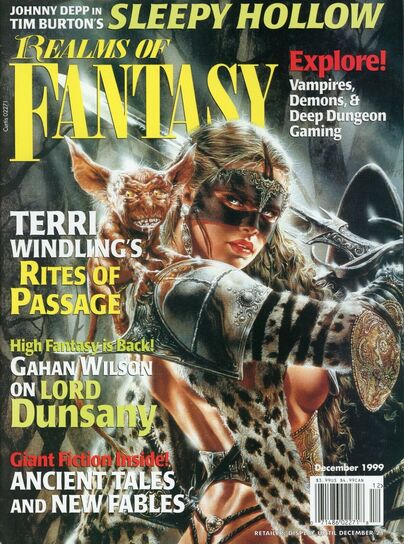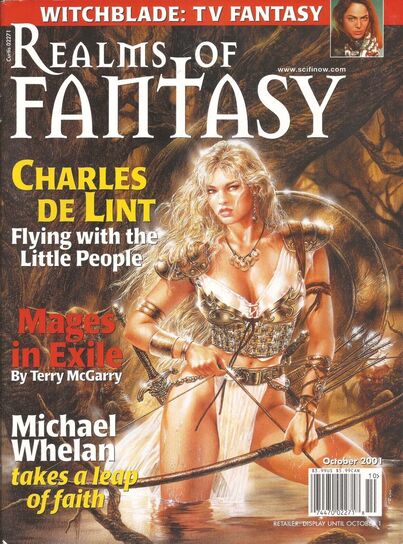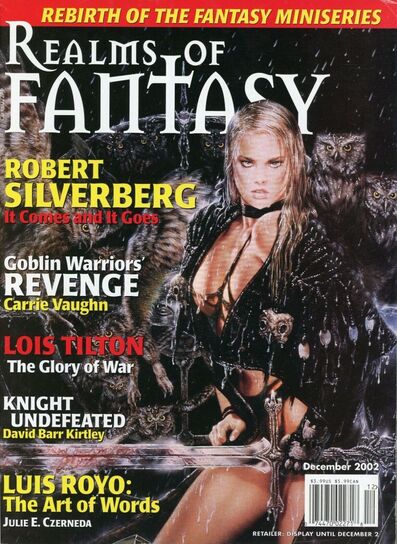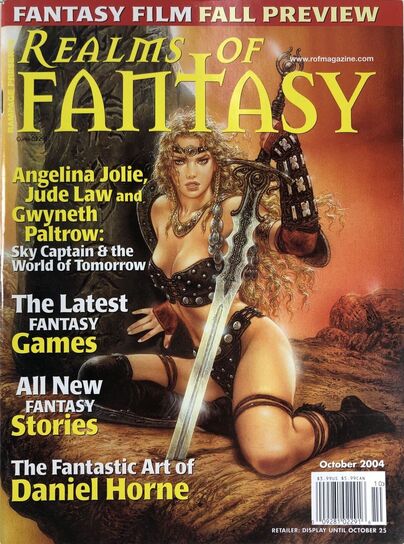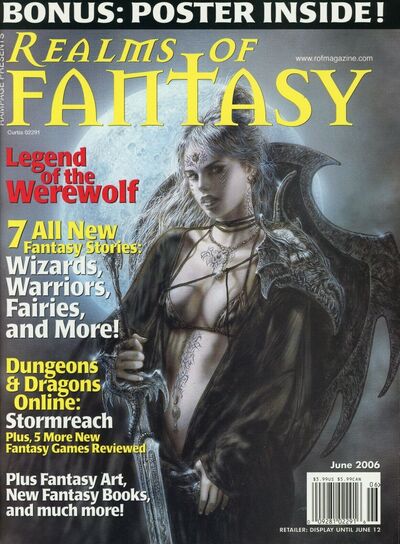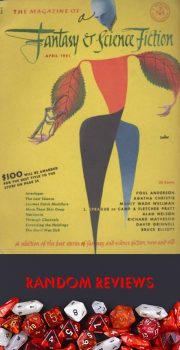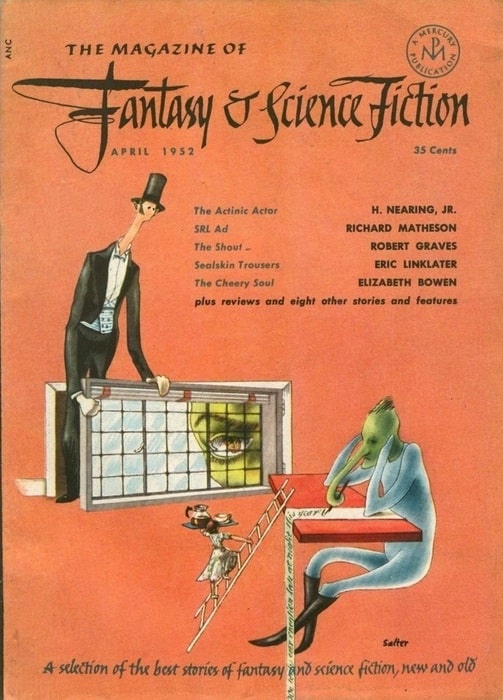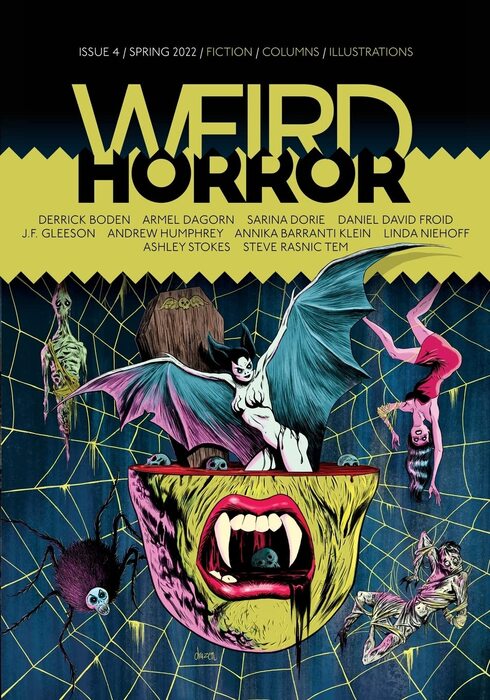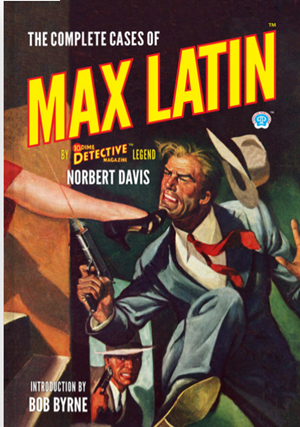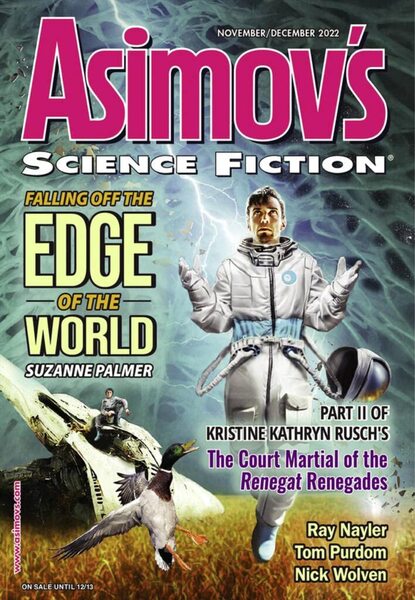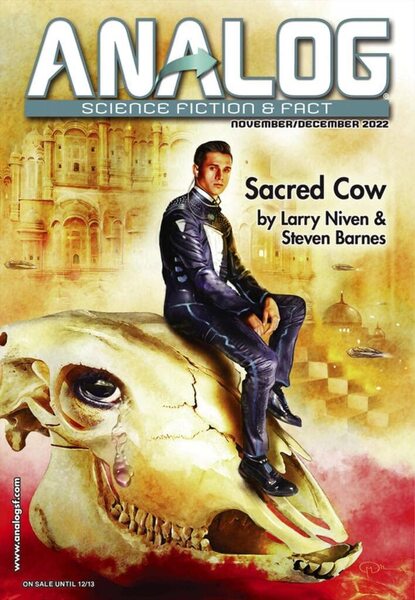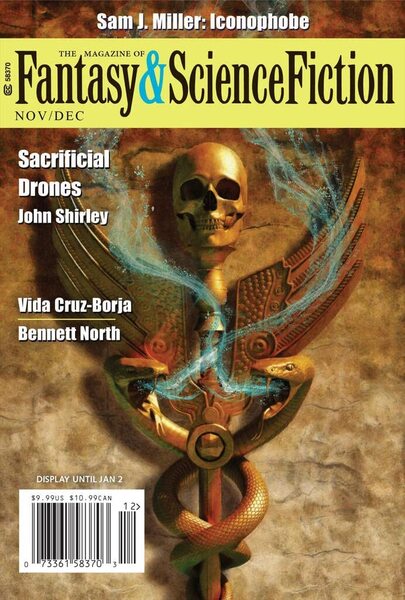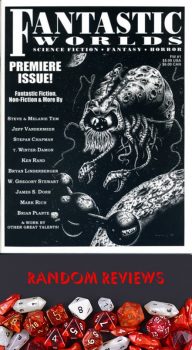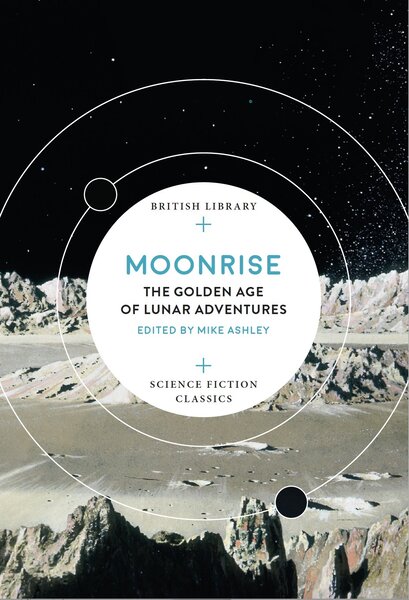Colony Ships, Cowboy Ghosts, and Jeeves and Wooster in Space: January-February Print SF Magazines
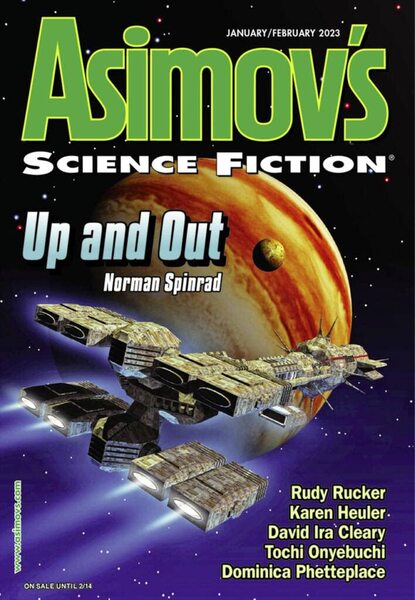 |
 |
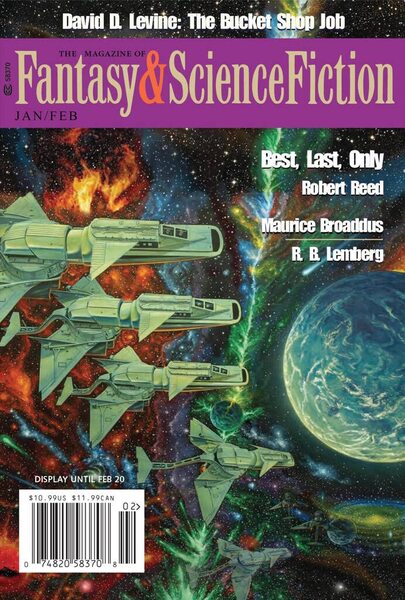 |
January/February 2023 issues of Asimov’s Science Fiction, Analog Science Fiction & Fact, and
The Magazine of Fantasy & Science Fiction. Cover art by Shutterstock, Tomislav Tikulin, and Kent Bash
The big news for print SF mags over the past few months has been price increases. Asimov’s SF and Analog, both published by Dell Magazines, increased prices by a buck in July of last year, from $7.99 to $8.99 per issue. Subscriptions increased from $35.97 to $47.94 for six issues/one year. The Magazine of Fantasy & Science Fiction increased from $9.99 per issue to $10.99 with the January/February issue, and subs jumped to $65.94 for one-year. Considering how much fiction and overall content you get per issue, all of the magazines remain a bargain.
Consider the January/February issues, for example. They contain brand new fiction from some of the biggest names in the biz, including Norman Spinrad, Alec Nevala-Lee, Robert Reed, James Van Pelt, David D. Levine, Maurice Broaddus, Mary Soon Lee, Bruce McAllister, Shane Tourtellotte, Dominica Phetteplace, Rudy Rucker, Tochi Onyebuchi, Genevieve Williams, Karen Heuler, and many others.
